Guide To Uninstall Datahub.serving-sys
Datahub.serving-sys is responsible for causing these errors too! 0x8024001D WU_E_INVALID_UPDATE An update contains invalid metadata., 0x80244009 WU_E_PT_SOAPCLIENT_READ Same as SOAPCLIENT_READ_ERROR - SOAP client failed while reading the response from the server., 0x80240032 WU_E_INVALID_CRITERIA The search criteria string was invalid., 0x00000028, 0x80248014 WU_E_DS_UNKNOWNSERVICE An operation did not complete because the service is not in the data store., 0x8024400E WU_E_PT_SOAP_SERVER Same as SOAP_E_SERVER - The SOAP message could not be processed due to a server error; resend later., 0x0000011A, 0xf0803 CBS_E_INVALID_PARAMETER invalid method argument, 0x000000CD, 0xC000021A, 0x0000005C, 0x8024400F WU_E_PT_WMI_ERROR There was an unspecified Windows Management Instrumentation (WMI) error., 0x0000001E, 0x000000C5, 0x80244008 WU_E_PT_SOAPCLIENT_PARSEFAULT Same as SOAPCLIENT_PARSEFAULT_ERROR - SOAP client failed to parse a SOAP fault., 0x80244004 WU_E_PT_SOAPCLIENT_CONNECT Same as SOAPCLIENT_CONNECT_ERROR - SOAP client failed to connect to the server., 0x00000127, 0x00000082Easy Steps To Remove Datahub.serving-sys From Infected System
Datahub.serving-sys is deemed as System malware which is programmed to destroy your data and other important documents stored on System. This type of malware enter your System in many ways. It generally employs deceptive methods to enter the System like spam emails, infected media devices, peer to peer file sharing, free downloads and so on. Datahub.serving-sys once installed on your System, starts it execution automatically. You will not be able to know that virus has attacked your System because it silently enters your System.
After invading your System, it can make your files and other documents inaccessible. It can make your System slow and sluggish. Applications or programs may freeze or hang. Therefore, it is very important to Remove this malware if you find it on your System.
Part 1 : Steps To Open Your System In Safe Mode
Part 2 : Remove Datahub.serving-sys From Chrome
Part 3 : Remove Datahub.serving-sys From Task Manager
Part 4 : Remove Datahub.serving-sys From Registry Entry
Part 5 : Remove Datahub.serving-sys From Control Panel
Complete Deletion Guide For Datahub.serving-sys From System
Part 1 : Steps To Open Your System In Safe Mode
In Windows XP/Vista/7 :
- Goto Start menu - > Restart button.
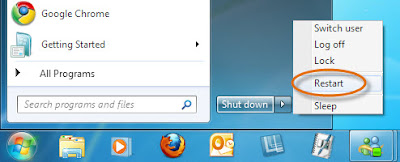
- Continue to press F8 button when your System starts booting-up.
- Here, you will find Advance boot menu window on your System screen.

- Select Safe Mode With Networking Option and hit Enter key.
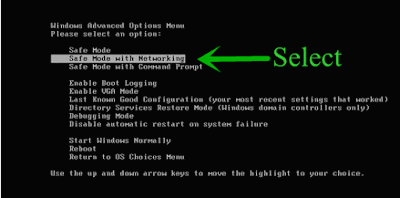
In Windows 8/10 :
- Click on Start menu press Shift key and click on Restart button.
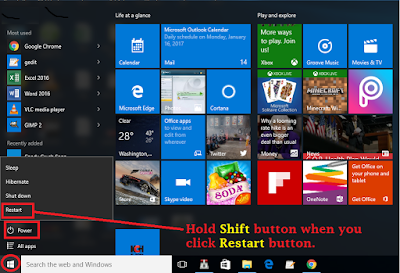
- Select Troubleshoot option -> Advanced.
- Click on Startup Settings.
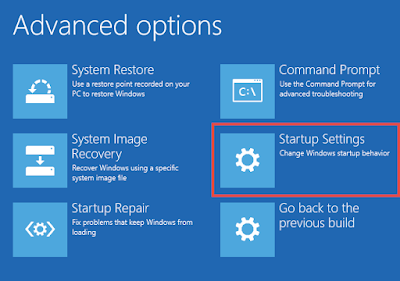
- Select Enable Safe Mode option.
- Click Restart button.
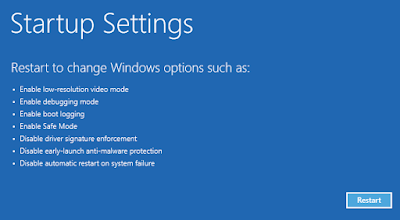
- Press F5 button to use Safe Mode With Networking option.
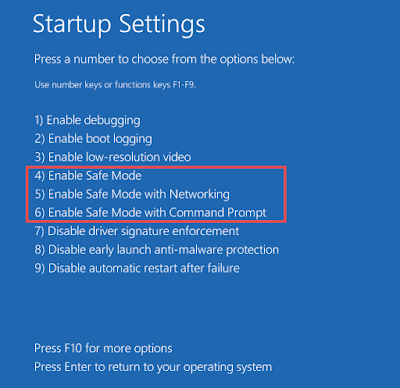
Part 2 : Remove Datahub.serving-sys From Chrome
Remove Datahub.serving-sys From Internet Explorer
- You can click on gear icon present at the right-top corner of the browser to open menu.
- Click on Manage Add-ons.
- Select Toolbars and Extensions tab..
- Select unwanted add-ons particularly related to Datahub.serving-sys.
- Click on Disable button.
- Click on More information button.
- At last, click on Remove button to finally Remove the virus.

Remove Datahub.serving-sys From Mozilla Firefox
- Launch Mozilla Firefox browser on your System.
- Click on Menu button at the top right corner of the browser.
- Click Add-ons.
- Goto Add-ons Manager tab.
- In the Add-ons Manager tab, select Extensions or Appearance panel.
- Select Datahub.serving-sys add-ons you want to Remove.
- Click the Remove button and restart your System if any pop up asks you to restart.
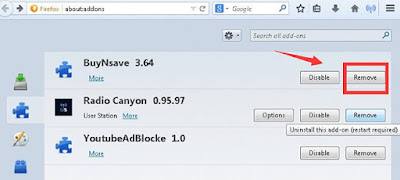
Remove Datahub.serving-sys From Google Chrome
- Click on gear icon present at the top right corner of the window to open Chrome menu.
- Click on the Tools option - > Extension tab.
- Locate unwanted extensions related to Datahub.serving-sys.
- At last, click on trash bin icon to Remove Datahub.serving-sys.

Remove Datahub.serving-sys From Microsoft Edge
- Click on More (...) icon at the top right corner and goto Settings option.

- Here, click on A specific page or pages option under the Open with option.
- Select Custom and enter URL which you want to set as your browser's default homepage.

Part 3 : Remove Datahub.serving-sys From Task Manager
- Press ALT+Ctrl+Del keys simultaneously.
- Select and click on Task manager option.
- Locate out unwanted process.
- Click on End Task button.

Part 4 : Remove Datahub.serving-sys From Registry Entry
- Press Win + R keys altogether to open run dialog box.
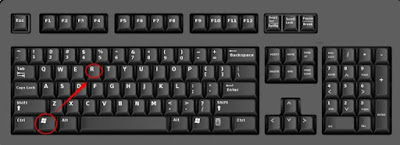
- Type regedit in the dialog box.
- Press OK button.
- Select and Remove entries related to Datahub.serving-sys.
HKEY_LOCAL_MACHINESYSTEMCurrentControlSetServicesWpm
HKEY_CURRENT_USERSoftwareMicrosoftInternet ExplorerMain “Default_Page_URL”
HKEY_LOCAL_Machine\Software\ClassesDatahub.serving-sys
HKEY_CURRENT_USER\Software\Microsoft\Windows\CurrentVersion\Run “.exe”
HKCU\Software\Microsoft\Windows\CurrentVersion\Internet Settings\random
HKEY_LOCAL_MACHINE\SOFTWARE\Microsoft\Windows\CurrentVersion\run\random
HKEY_CURRENT_USER\Software\Microsoft\Windows\CurrentVersion\Internet Settings “CertificateRevocation” = ’0
Part 5 : Remove Datahub.serving-sys From Control Panel
Remove Datahub.serving-sys From Windows XP
- Click on Start icon. A list will be appeared.
- Click on Control Panel.

- Click on Add or Remove programs option.

- Select and Remove unwanted programs running on your System.
Remove Datahub.serving-sys From Windows 7
- Click on Start button.
- Click on Control Panel present in start menu.
- Click on Uninstall a Program.

- Then, Remove malicious programs running in your System.

Remove Datahub.serving-sys From Windows 8
- Press Win+R button simultaneously to open Run dialog box.

- Type control panel in Run dialog box.
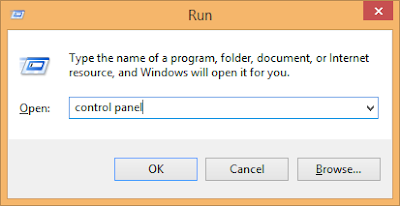
- Press Enter key to open Control Panel window.
- Click on Uninstall a Program.

- Right-click on Datahub.serving-sys and its related programs.
- Click on Uninstall.
Remove Datahub.serving-sys From Windows 10
- Click on Start button and choose Settings option.
- Click on System option -> Apps and Features.
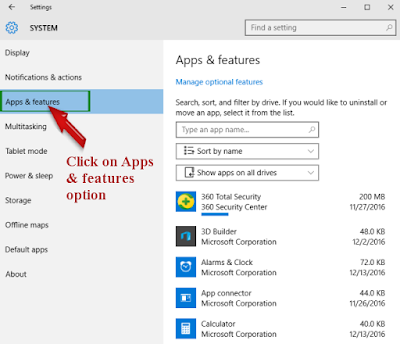
- Under Apps and Features tab, locate undesirable program.
- Click on Uninstall button.
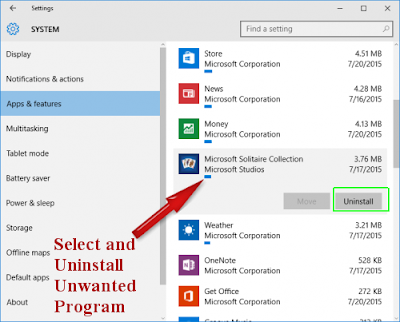

No comments:
Post a Comment